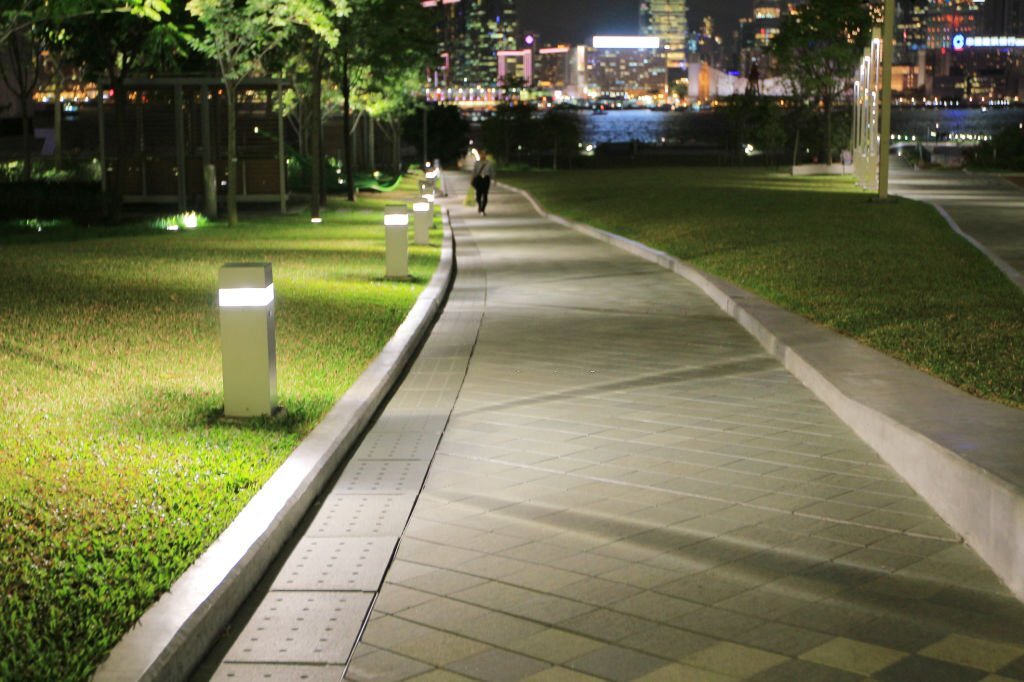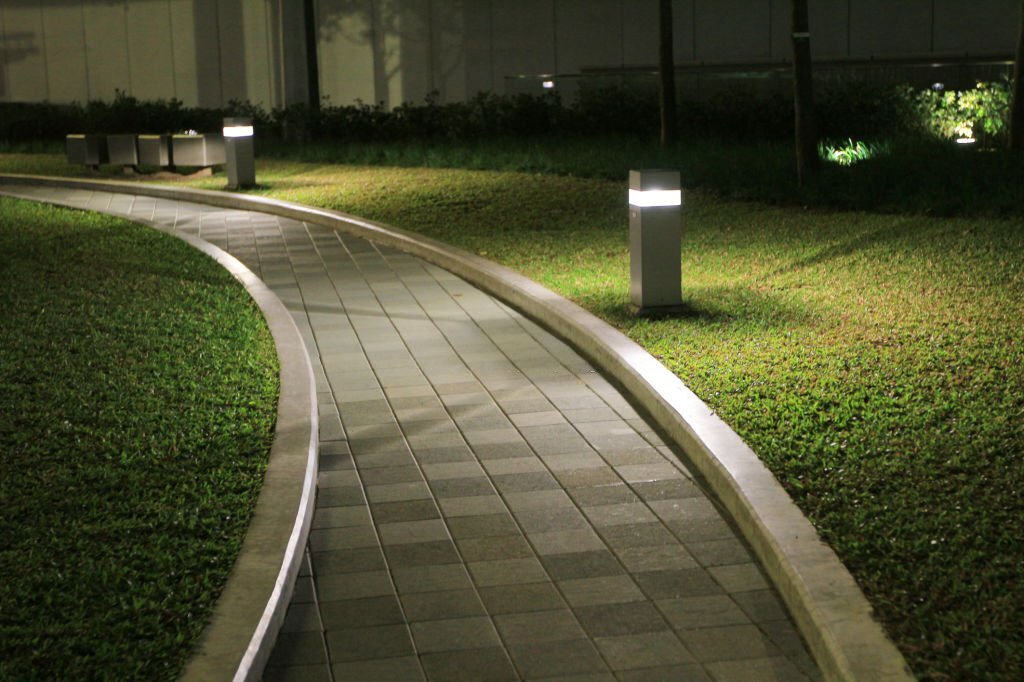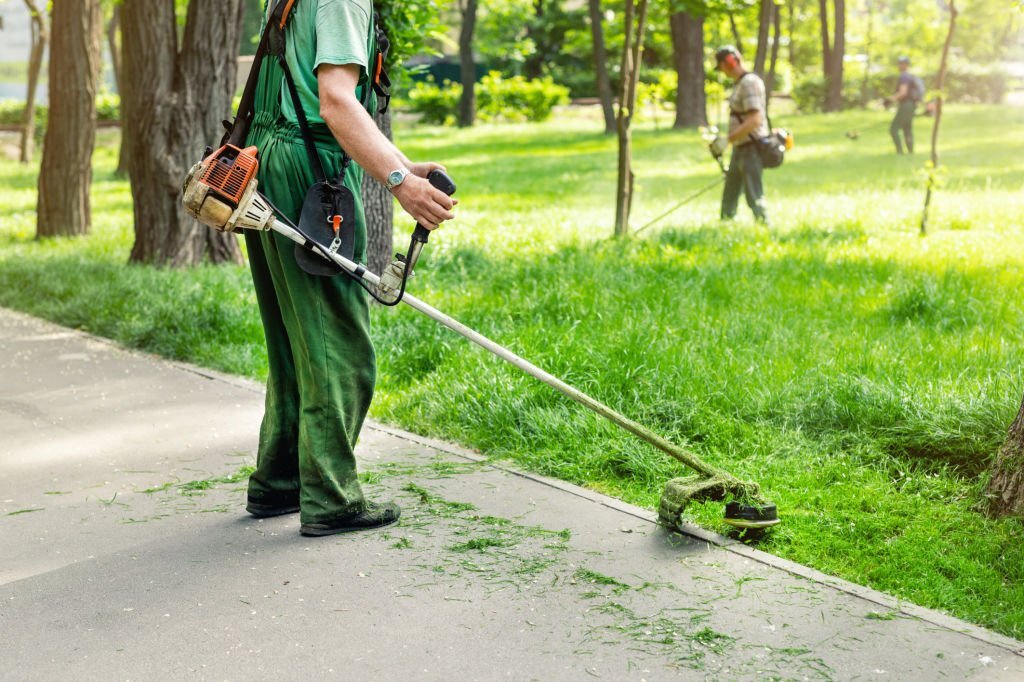If you’re looking to add a little more curb appeal to your property, consider investing in a Paver and Pergolas. Both patio materials are not only beautiful but also functional. A pergola can provide shade and shelter from the elements, while a paver can add a touch of luxury to your backyard space.
What Are Pavers And Pergolas?
Paver and Pergolas are two types of patio and garden features. Pavers are large, rectangular blocks of stone or brick that are laid down in a single layer and often have a coarse texture. Pergolas are a type of arbor made from several horizontal boards suspended by rope from a central post. Both pavers and pergolas can be used to create pathways and outdoor areas, as well as provide shade.
Types Of Pavers And Pergolas
Pergolas are a popular feature for homes and gardens, providing shade and privacy. There are many types of pergolas, so it can be hard to decide which is the best for your needs. This blog section will help you choose the right type of pergola for your property.
First, you need to decide what you want your pergola to do. If you only need shade, a simple frame with beams is all you need. If you want to provide more privacy or add features like a garden railing, you will need to consider a more complex design.
There are three main types of pergolas: open-air, arbor style, and enclosed. Open-air pergolas are the simplest and cheapest option and are just a frame with beams. Arbor-style pergolas have columns supporting an overhead beam, creating an enclosure around the garden. Enclosed pergolas are similar to arbor style, except they have walls around the garden that can be opened or closed. They are more expensive but offer greater privacy and protection from weather conditions.
Types Of Materials Used In Pavers and Pergolas
There are many materials used in Pavers and Pergolas, but the most common are concrete, bricks, and stone. Pavers and pergolas can be made from any of these materials, but they are most commonly made from concrete or bricks.
Concrete is the most popular material used in pavers and pergolas because it is durable and looks great. Concrete is also affordable, which is a major advantage over other materials.
Bricks are another popular material used in pavers and pergolas. They are strong and look great, but they can be a bit more expensive than concrete. Bricks also require less maintenance than other materials, which is an advantage if you want your pavers or pergolas to last long.
Stone is the least common material used in pavers and pergolas, but it is also one of the most beautiful. Stone can be very expensive, but it looks amazing in a landscaping setting.
Installation Tips For Pavers and Pergolas
If you are considering installing Paving or Pergola, be sure to read these installation tips first. Once you have the basics down, you can explore our specific products below.
Paver Installation Tips:
- Check the site for existing pavers and pergolas- if there is an existing surface that needs to be taken into account, it will impact the installation process.
- Level the area- once the site is leveled, the paving or pergola installation process will go smoother. This will ensure even coverage of your materials and prevent bumps and uneven surfaces.
- Prepping the ground- before laying any pavers or pergolas, it is important to prep the ground with a good layer of sand or gravel. This will help keep moisture out of the substrate and also keep any roots from growing through the paving or pergola material.
- Installing pavers- lay out your pavers in a grid pattern, making sure they are level and even across the entire surface. Use a trowel or shovel to create a smooth surface where necessary.
Maintenance Tips For Pavers And Pergolas
Paver and Pergola Maintenance Tips
If you have a paver or pergola, there are a few things you should keep in mind to make sure it stays in good condition. Here are some tips for keeping pavers and pergolas looking their best:
- Regularly mow the lawn around your paver or pergola to remove any debris that could cause erosion or corrosion.
- Keep shrubs and plants trimmed, so they don’t accumulate leaves and debris on the pavers or pergola. This can lead to deterioration.
- Be careful not to drive your car or truck over the pavers or pergola; this can damage them.
- Keep your patio umbrella off the pavers or pergola when it is not in use to avoid creating scratches.
Conclusion
If you are considering a paver or pergola installation, be sure to consult with a professional. Not all paver and pergola installations are created equal, and the wrong choice could lead to costly repairs or even loss of your investment. A qualified contractor can walk you through the various options available and help you pick one that is just right for your needs.





